State of Bitcoin - BitVM3, Glock & Bitcoin Dollar
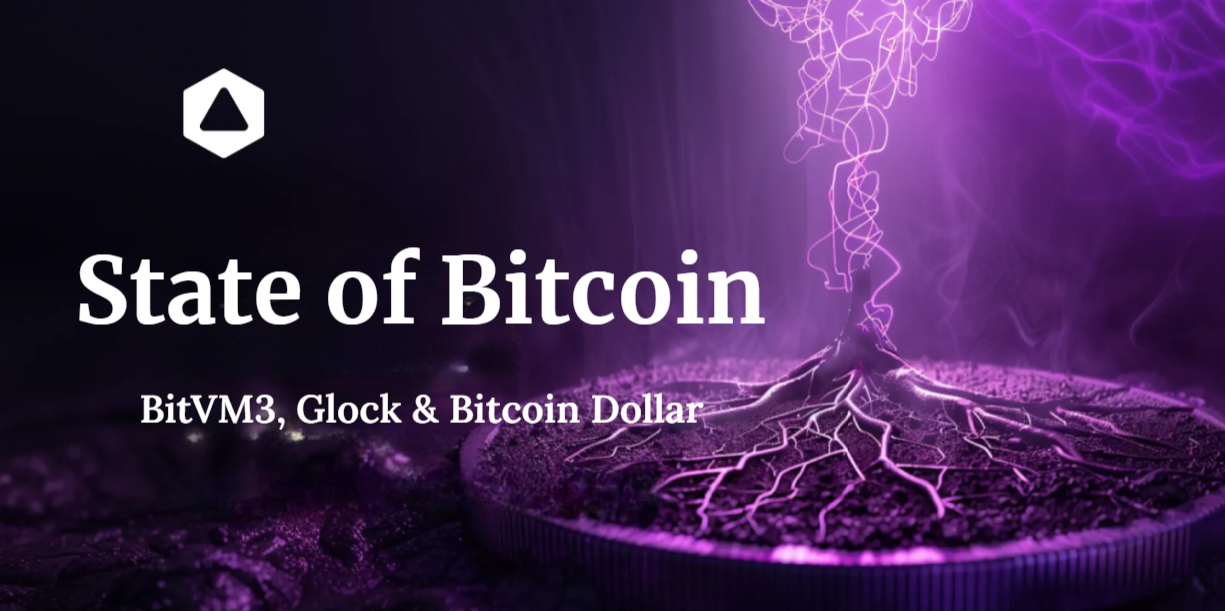
Up to now, it is quite clear that the inherent limitations of Bitcoin have been the motivation to inspire change and make the greatest leaps forward, with devs reimagining its architecture and expanding the notion of what Bitcoin as a network means, not just what its value is.
We take a look at the state of Bitcoin in this day and age and at some of the recent developments, from the introduction of BitVM3, Glock, and Shielded CSV to the rise of a Bitcoin-backed stablecoin - Bitcoin Dollar. Let's take a look.
The Third Generation - BitVM3
If you have been following the BitVM saga, you might already know that the Bitcoin virtual machine has gone through three major evolutions. If that is news to you, don't worry; before we dive into BitVM3, we will give you a quick recap.
The first concept of BitVM was introduced in October 2023 by Robin Linus in a whitepaper with the tagline 'Compute Anything on Bitcoin'. It described a computing paradigm that allows for the execution of complex computations and smart contracts on the Bitcoin network.
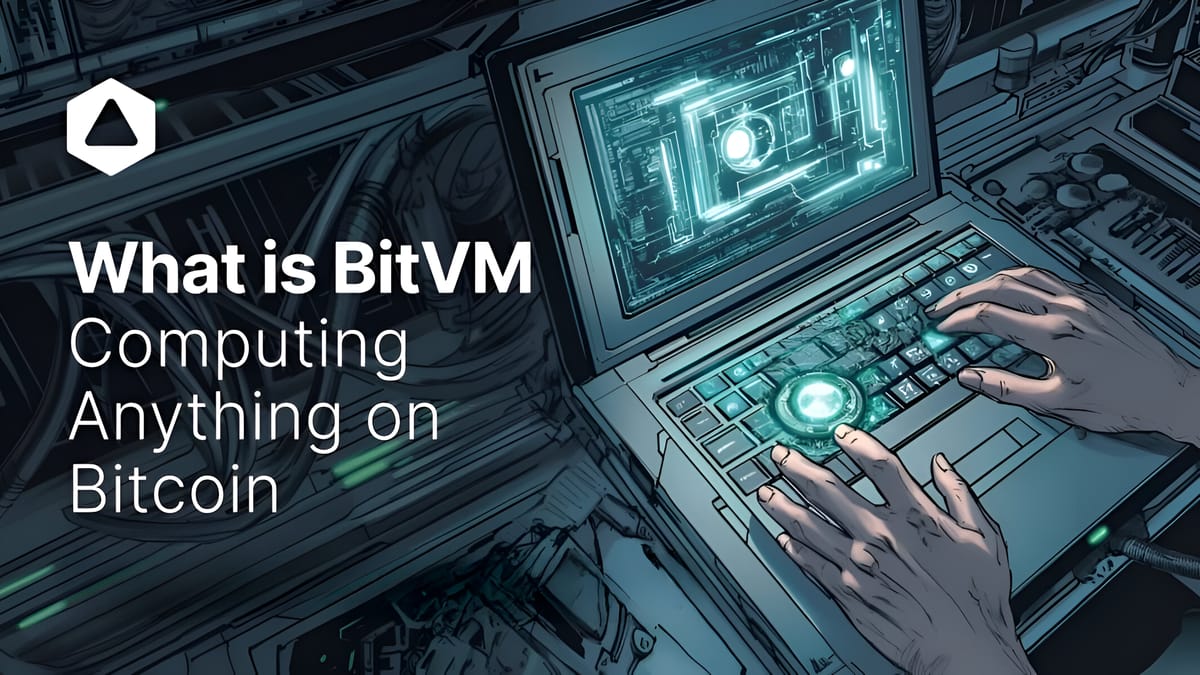
To be more precise, it provided a way that you could execute operations off-chain but verify them on the Bitcoin blockchain.
Think of it like a chess game where two people play off-chain and have the Bitcoin network as the referee. They only go to the referee if there is a dispute. BitVM is the method that allows this, where the accuser presents a piece of cryptographic proof to the Bitcoin network to prove the other person made an illegal move.
It is a simple concept but one with big implications. It now meant Bitcoin could do some of the things a smart contract chain like Ethereum does. Although BitVM's first version was a brilliant idea, it had some drawbacks. For instance, it could take weeks to resolve disputes, and the cost was high.
BitVM2
To address the issues in the first version, the same Robin Linus and five other co-authors came up with another whitepaper in August 2024 titled BitVM2: Bridging Bitcoin to Second Layers. This new version introduced a few changes to the original design.
First, it cut the number of transactions needed to challenge a computation from the initial 70 to only 3 and allowed anyone to make a dispute, which was previously limited to certain participants. In addition, it introduced a BitVM bridge which enabled trust-minimised bridges between Bitcoin and other blockchain networks.
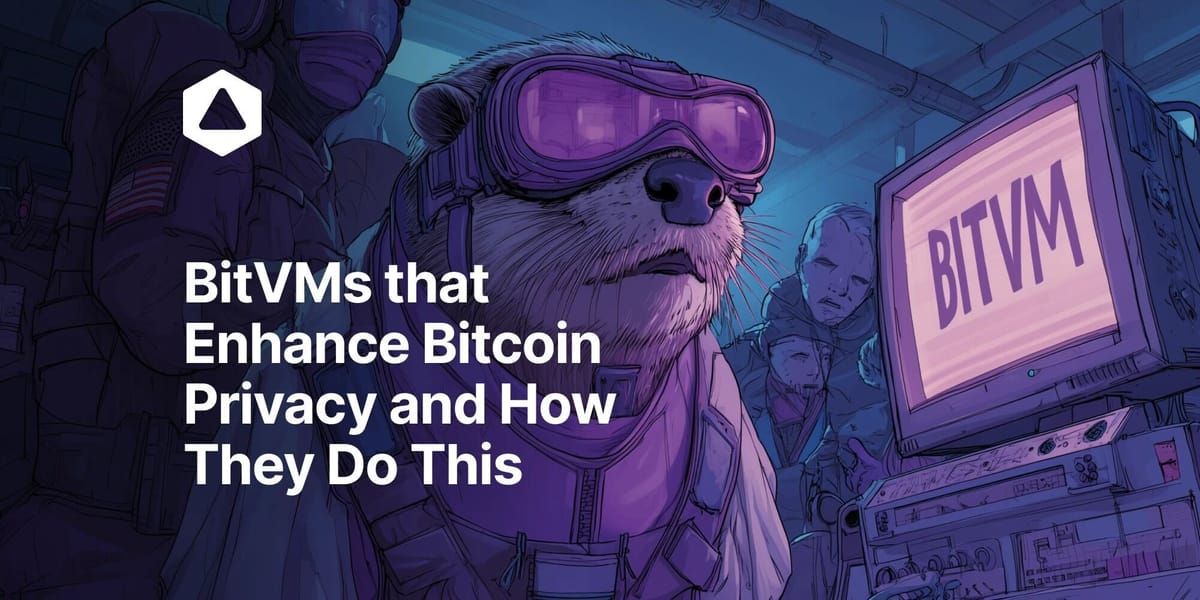
Although BitVM2 met the bar for production quality, many issues remained. For instance, it still required a massive on-chain block space, it was extremely complex, and the dispute cost was still high. This, therefore, meant an improvement was needed, and not long after, one came in its final form (for now, that is).
BitVM3
The first whitepaper of BitVM3 was introduced on 16 July 2025, titled 'BitVM3-RSA: Efficient Computation on Bitcoin'. The paper described a new design of utilising 'garbled circuits', an old cryptographic technique from the 80s, to achieve a '1000x' improvement over its predecessor in the dispute process.
Put simply, instead of using Bitcoin Script for on-chain computation as in the previous two versions, BitVM3 shifts the computation off-chain through garbled circuits. This way, it cuts the on-chain block space to approximately 56 kB for the assertion transaction, while the disapproval transaction is just 200 bytes. For comparison, BitVM1 requires 1 GB of on-chain block space, while for BitVM2, it ranges between 2-4 MB.
INSERT TABLE
BitVM3 gained popularity as an idea, but it was not long until Liam Eagen and Fairgate Labs showed core flaws in its RSA-based scheme, rendering it unsafe to use. As a result, the BitVM3-RSA paper was labelled 'RETRACTED – SECURITY BREAK DISCOVERED', but the push from Robin Linus was nowhere near over, as we will see later
However, out of these flaws came new approaches to garbled circuits, one of them being Garbled Locks or simply Glock!

Glock
Short for garbled lock or garbled circuit-based lock, Glock aims to address the shortcomings found in the BitVM3-RSA model.
For context, the flaws in the BitVM3-RSA model were that it allowed an attacker to manipulate the verification process to claim a different result for the computation or gain information that was meant to be secret (garbled).
To avoid such issues, Glock abandons the RSA approach and instead uses a compact Designated Verifier SNARK (DV-SNARK) within its garbled circuit construction. The DV-SNARK has a small proof size, which reduces on-chain costs and also has lower complexity than traditional SNARKs, such as Groth16, which keeps off-chain storage and computational costs down.
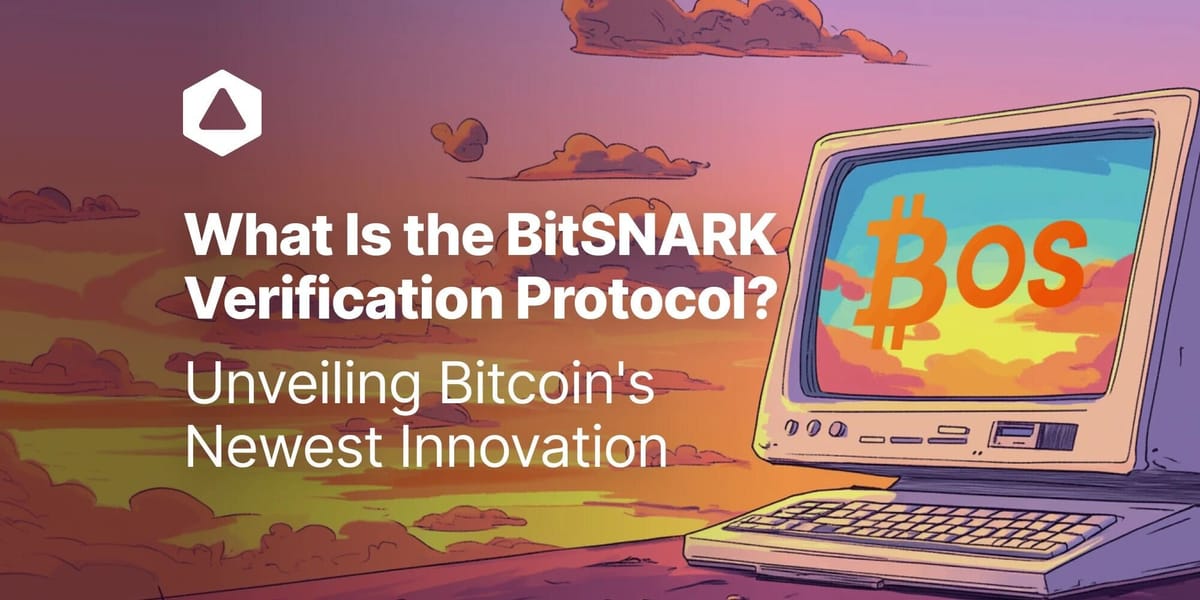
With this breakthrough in Glock, Alpen Labs, its developer, now terms the building of a trust-minimised Bitcoin bridge a dream finally within reach. And their very own Strata bridge, which was initially based on BitVM2, is now fully oriented towards Glock.
Now that Glock and BitVM have made the building of a Bitcoin bridge possible, let us also look at what is being built on the other side.
Shielded CSV
As we know, every Bitcoin transaction is broadcast to the entire network for verification. Well, that is the effective way Satoshi found to prevent the double-spending problem. But it also means more information is exposed, there are high computational demands and costs, as well as scalability problems. But what if there is a way to solve all this?
That is exactly what Shielded Client-Side Validation (CSV) does. Developed by Liam Eagen, Jonas Nick, and Robin Linus, CSV shifts the responsibility of transaction validation from every node in the network to the recipients.
In CSV, when you send coins, you do so along with a proof of their validity directly to the recipient (who is the client). This means the network doesn't have to store all the detailed transaction information but only a simple 64-byte piece of data that prevents double-spending but is meaningless to public observers.
By doing so, CSV gives Bitcoin a scalability boost that could allow it to process nearly 100 transactions per second, provided there is a bridging mechanism since it operates as a separate system. In its whitepaper, it terms BitVM as the perfect solution for the bridge, and now with the arrival of BitVM3 and Glock, it even gets better.
Bitcoin Dollar
Bitcoin Dollar (BTD) is one of the latest Bitcoin-collateralised stablecoins that is also built by the guys who did the experimentations above. The stablecoin is built across two technologies: the Liquity V2 and Alpen's trust-minimised Bitcoin bridge (which we said is now building upon Glock).
Liquity V2 offers users an architecture to allow them to mint BTD against their locked BTC by setting their own interest rates. On the other hand, the bridge secures the underlying BTC collateral and ensures the system inherits the security and finality of the Bitcoin base layer.
🚨 New Bitcoin Whiteboard: A detailed explainer on a state of the art BTC-backed stablecoin and borrowing design, based on Liquity V2.
— David Seroy 🏔️ (@david_seroy) May 7, 2025
👉No governance
👉No token
👉No centralized custodian
👉Pure BTC collateral
👉Real yield
👉Immutable pic.twitter.com/myCL3Ci0rJ
Currently, the stablecoin is in the testnet phase, which you can start using by following the instructions in their testnet docs.
This is one of the many new innovations on Bitcoin, where devs want to build stablecoin infrastructure on the Bitcoin network. Are you wondering about other stablecoins and their working via Bitcoin, and how Bitfinity could facilitate experimenting? Read our previous blog post. ⬇️
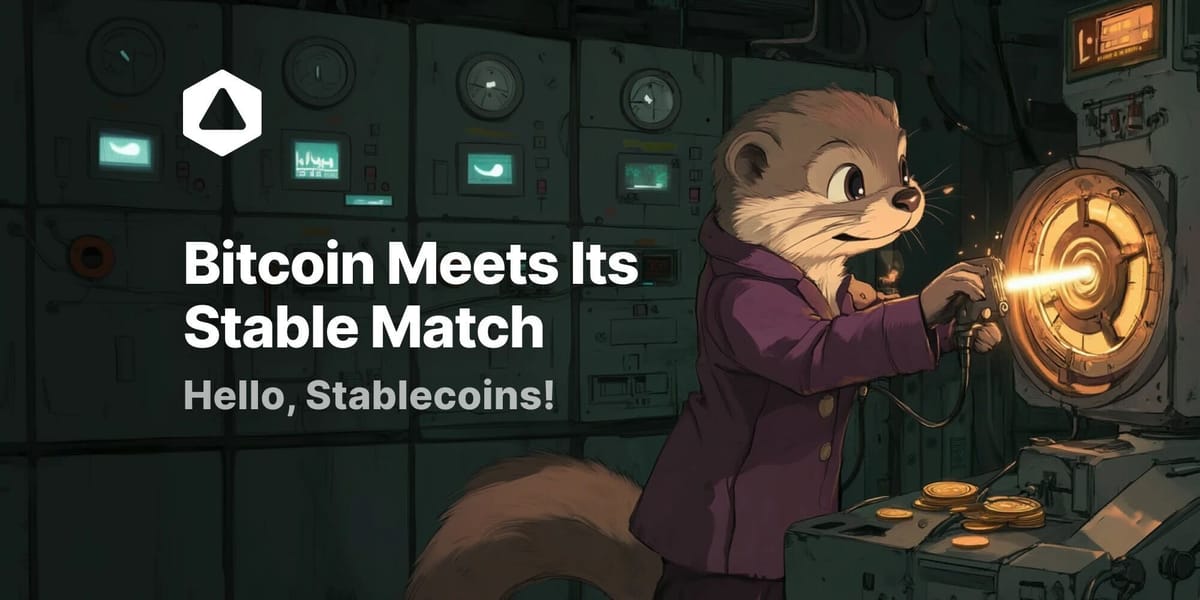
Bitfinity: An Execution Layer for Bitcoin's New Frontier
"The evolution from BitVM to Glock and the emergence of other ambitious projects like Shielded CSV and the Bitcoin Dollar all underscore a fundamental requirement: a scalable, and interoperable Layer 2 infrastructure to bring these theoretical advancements to reality.
This is precisely the role Bitfinity is engineered to fill. While innovations like Glock focus on perfecting the trust-minimised bridge in theory, Bitfinity provides a practical and powerful implementation of this concept today through its Chain Fusion technology, enabling secure BTC bridging. What Is Chain Fusion

Bitfinity's EVM sidechain acts as this essential execution layer, providing a low-cost and high-speed environment where these protocols and others can be deployed, and where true experimentation is permitted and more than welcomed.
For those who are interested in building on the EVM, please don't wait and start with our extensive articles on our blog page or simply go to our docs...


Connect with Bitfinity Network
Bitfinity Wallet | Bitfinity Network | Twitter | Telegram | Discord | Github

*Important Disclaimer: The information provided on this website is for general informational purposes only and should not be considered financial or investment advice. While we strive for accuracy, Bitfinity makes no representations or warranties regarding the completeness, accuracy, or reliability of the content and is not responsible for any errors or omissions, or for any outcomes resulting from the use of this information. The content may include opinions and forward-looking statements that involve risks and uncertainties, and any reliance on this information is at your own risk.
External links are provided for convenience, and we recommend verifying information before taking any action. Bitfinity is not liable for any direct or indirect losses or damages arising from the use of this information.








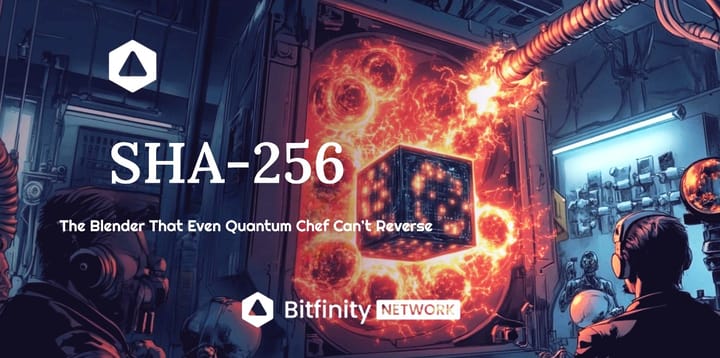
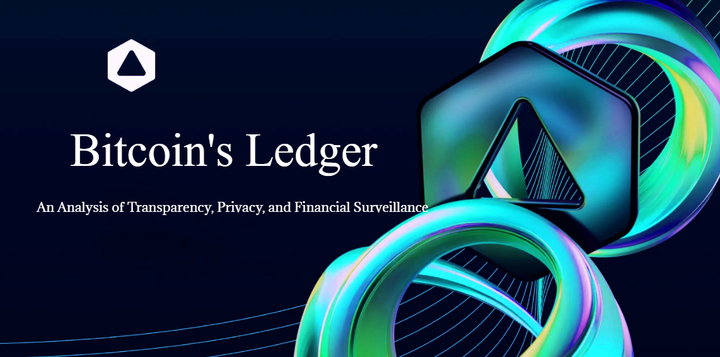

Comments ()